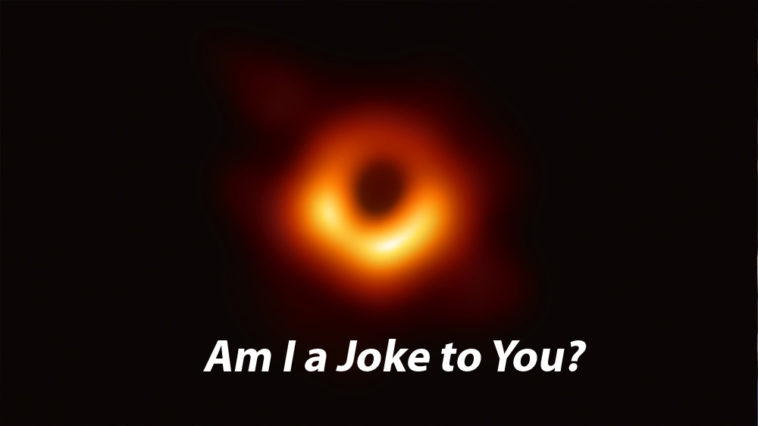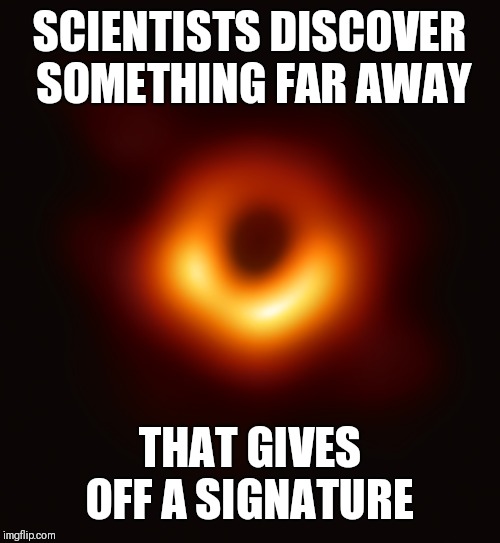

The collaboration made the announcement during a livestreamed press conference this morning from the European Southern Observatory's headquarters in Munich, Germany, as well as numerous other simultaneous press conferences around the world. Scientists with the international Event Horizon Telescope (EHT) collaboration have now produced the first image of that black hole, showing that it has a ring structure. By launching the JWST into orbit around the sun, NASA is expecting fantastic results throughout the decade.Zoom in for our first look at the black hole at the center of our Milky Way, courtesy of the Event Horizon Telescope collaboration.Īt the heart of our Milky Way galaxy lurks a supermassive black hole more than four million times the mass of our Sun.

The James Webb is three times as large and 100 times stronger than the Hubble telescope, which was launched into Earth’s orbit in 1990 and changed our understanding of space with iconic pictures that confirmed the age of the universe and the reality of supermassive black holes. It is also accurate enough to search for the potential for life by examining the atmosphere of exoplanets. Over its five-to-ten-year life span, the powerful instrument will be able to function more or less as a time machine looking back into the early days of the universe. Once in space, it took the James Webb a few weeks to unfurl its 21-foot mirror and its sunshield, which is the size of a tennis court. On Christmas 2021, NASA successfully launched the telescope, a collaboration with the European and Canadian space agencies. The dimmer, dying star is expelling gas and dust that Webb sees through in unprecedented detail: #UnfoldTheUniverse /yOMMmQcAfA- NASA Webb Telescope July 12, 2022 (The left galaxy is in the foreground!) Webb will revolutionize our knowledge of star formation & gas interactions in these galaxies: #UnfoldTheUniverse /b2kH1tSyMs- NASA Webb Telescope July 12, 2022Ĭompare views of the Southern Ring nebula and its pair of stars by Webb’s NIRCam (L) & MIRI (R) instruments. In Webb’s image of Stephan’s Quintet, we see 5 galaxies, 4 of which interact. Just take a second to admire the Carina Nebula in all its glory: #UnfoldTheUniverse /OiIW2gRnYI- NASA Webb Telescope July 12, 2022 NASA made more full-color images and data available on Tuesday:īehind the curtain of dust and gas in these “Cosmic Cliffs” are previously hidden baby stars, now uncovered by Webb. Light from the oldest galaxies, the oldest documented light in the history of the universe from over 13 billion years - let me say that again - 13 billion years ago. “Light from other worlds, orbiting stars far beyond our own … light where stars were born and where they died. “It’s a new window into the history of our universe,” Biden said. (Literally, capturing it took less than a day!) This is Webb’s first image released as we begin to #UnfoldTheUniverse: /Y7ebmQwT7j- NASA Webb Telescope July 11, 2022 👀 Sneak a peek at the deepest & sharpest infrared image of the early universe ever taken - all in a day’s work for the Webb telescope. Onstage with Vice-President Kamala Harris and NASA administrator Bill Nelson, Biden displayed a preview of what the $10 billion instrument, which is drifting in space one million miles from Earth, is capable of seeing.

Webb’s First Deep Field, a composite of images taken by the telescope’s Near-Infrared Camera, showing thousands of galaxies in cluster SMACS 0723 - as it appeared 4.6 billion years ago.Īt a press conference on Monday, President Joe Biden revealed the very first pictures taken by the James Webb Space Telescope, showing a collection of galaxies that are up to 13 billion years old.


 0 kommentar(er)
0 kommentar(er)
